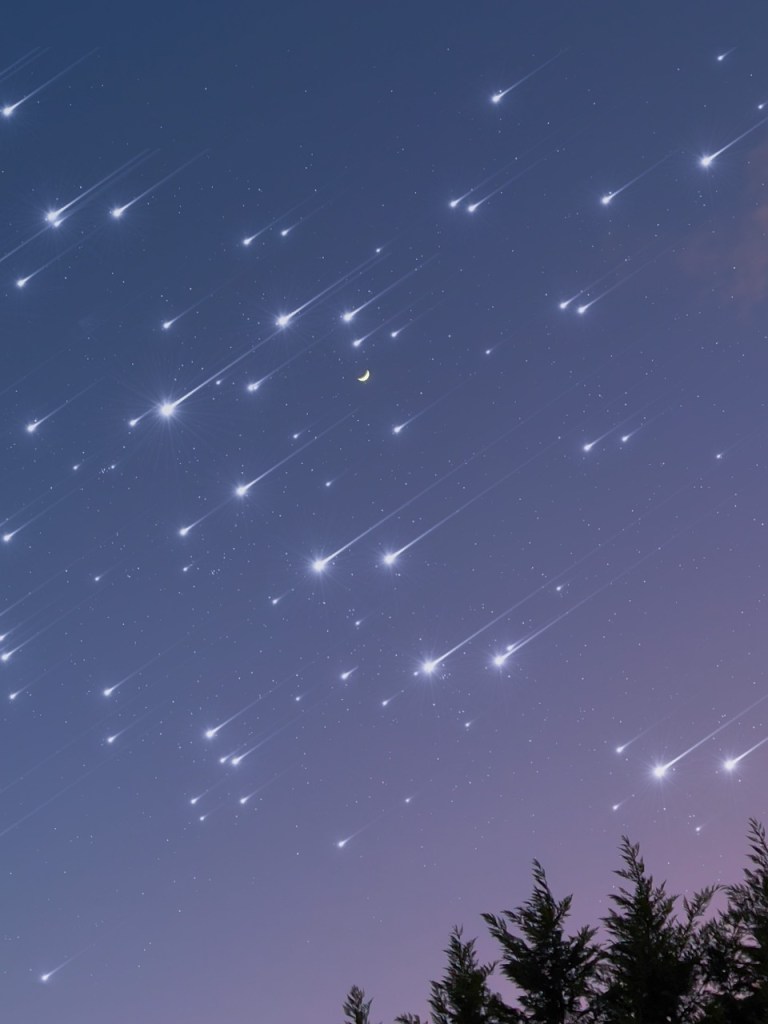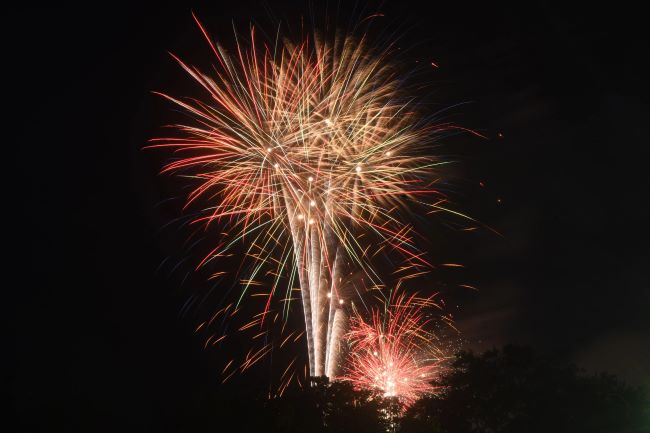Experience the Perseids: Your guide to watching the meteor shower
Published 1:47 pm Friday, August 9, 2024

- Image via Pixabay
The Perseids are one of the most popular and prolific meteor showers of the year. They are named after the constellation Perseus, from which they appear to originate. T
The Perseids occur annually between July 17 and August 24. This year, they will peak between Aug. 11-13, with the peak on Aug. 12.
During the peak, observers can see up to 60-100 meteors per hour under ideal conditions.
Most meteor showers originate from the debris of comets. The source of the Perseids is the comet 109P/Swift-Tuttle.
When rocks from space enter Earth’s atmosphere, the resistance from the air makes them very hot. This causes the air to glow around them and briefly leaves a fiery tail behind them — the end of a “shooting star,” according to Mississippi Public Broadcasting.
The glowing pockets of air around fast-moving space rocks, ranging from the size of a dust particle to a boulder, may be visible in the night sky.
Best ways to watch the Perseids:
- Find a Dark Location:
- Choose a spot away from city lights to avoid light pollution.
- Rural areas, national parks, and open fields are ideal locations.
- Check the Weather:
- Clear skies are essential for a good viewing experience.
- Check the weather forecast and try to find a night with minimal cloud cover.
- Plan for Peak Viewing Times:
- The best time to watch is after midnight until dawn, when the sky is darkest.
- The peak nights usually offer the most meteors.
- Give Your Eyes Time to Adjust:
- It can take about 20-30 minutes for your eyes to fully adapt to the dark.
- Avoid looking at bright screens or lights during this time.
- Bring Comfort Items:
- A reclining chair, blanket, or sleeping bag can make the experience more enjoyable.
- Bring snacks and water, as you might be outside for several hours.
- No Special Equipment Needed:
- Meteors are visible to the naked eye, so you don’t need telescopes or binoculars.
- Just look up and enjoy the show.
- Be Patient:
- Meteors tend to come in bursts, with some lulls in between.
- Give yourself at least an hour of observing time to fully appreciate the event.





